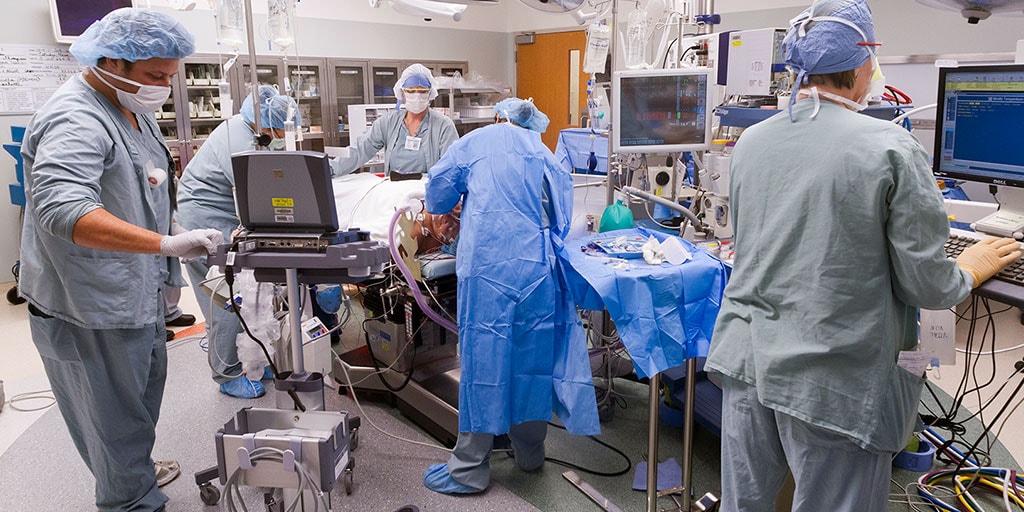In the ever-evolving landscape of modern healthcare, surgical technology stands as a beacon of progress, revolutionizing the way medical procedures are conducted. From robotic-assisted surgeries to advanced imaging techniques, the field of surgical technology has witnessed unprecedented growth, enhancing precision, minimizing invasiveness, and ultimately improving patient Illinoisnews365.com/ outcomes.
Table of Contents
ToggleThe Rise of Robotic Precision:
At the forefront of surgical innovation is the integration of robotics into the operating room. Robotic-assisted surgeries, once a futuristic concept, are now a reality, enabling surgeons to perform complex procedures with unparalleled precision. The da Vinci Surgical System, for instance, has become a symbol of this technological leap, offering surgeons enhanced dexterity and control, leading to smaller incisions, reduced pain, and faster recovery times for patients.
Revolutionizing Imaging and Visualization:
Advancements in imaging technologies have also played a pivotal role in reshaping the surgical landscape. High-resolution imaging modalities, such as 3D imaging and virtual reality, provide surgeons with detailed, real-time visuals, allowing for more accurate assessments and targeted interventions. These technologies not only enhance the surgeon’s ability to navigate through intricate anatomical structures but also contribute to improved diagnostic capabilities.
Minimally Invasive Techniques:
Surgical technology has ushered in an era of minimally invasive procedures, minimizing the trauma traditionally associated with surgery. Laparoscopic and endoscopic techniques, guided by sophisticated instruments and cameras, have become standard practice across various specialties. Patients benefit from smaller incisions, reduced scarring, and quicker recovery times, marking a significant departure from conventional open surgeries.
The Human Touch in a Digital Age:
While technology continues to push the boundaries of surgical capabilities, the human element remains indispensable. Surgeons, armed with advanced tools, bring a wealth of experience, skill, and intuition to the operating table. The fusion of human expertise with cutting-edge technology ensures a holistic approach to patient care, where compassion and innovation work hand in hand.
Challenges and Future Prospects:
Despite the remarkable strides in surgical technology, challenges persist. Issues such as cost, training, and access to advanced equipment pose hurdles to widespread adoption. However, ongoing research and collaborative efforts are focused on overcoming these barriers, with the ultimate goal of making state-of-the-art surgical technology accessible to a broader spectrum of healthcare providers and patients.
Looking ahead, the future of surgical technology holds even more promise. Advancements in artificial intelligence, machine learning, and nanotechnology are poised to further redefine the boundaries of what is possible in the operating room. As the synergy between human skill and technological innovation continues to shape the field, patients can anticipate safer, more efficient, and increasingly personalized surgical experiences.
In conclusion, the marriage of surgical expertise and cutting-edge technology is propelling the field of surgery into a new era of precision and progress. From robotic assistants to advanced imaging modalities, the tools at the disposal of surgeons today are transforming the patient experience and redefining the possibilities of what can be achieved in the realm of healthcare. As we embrace these advancements, we move closer to a future where surgical interventions are not just procedures but finely orchestrated symphonies of skill, compassion, and innovation.

